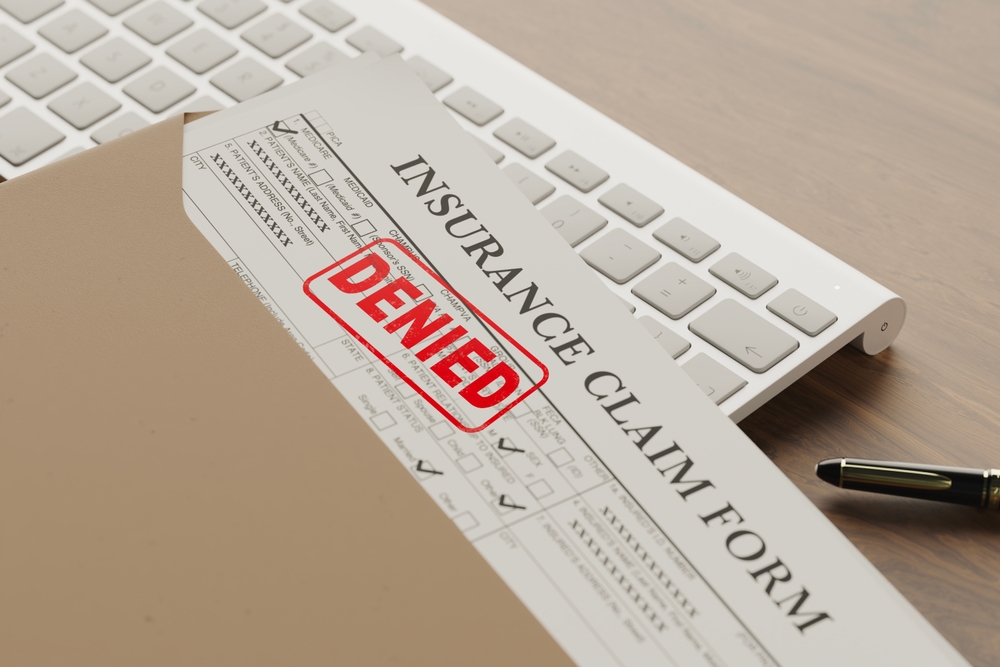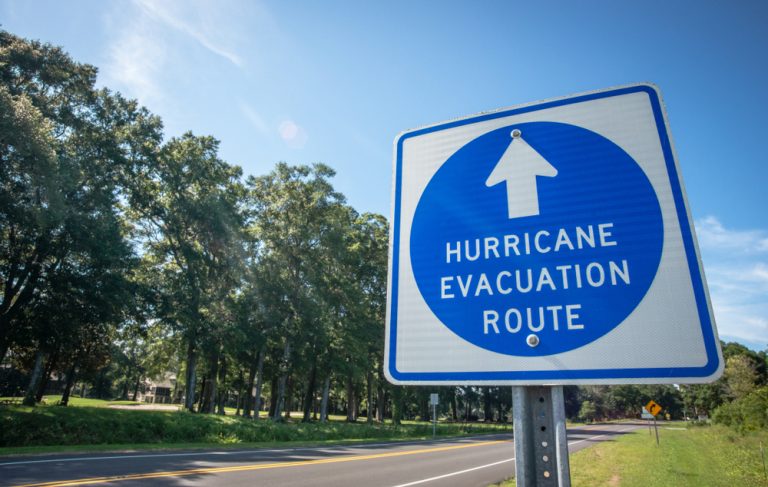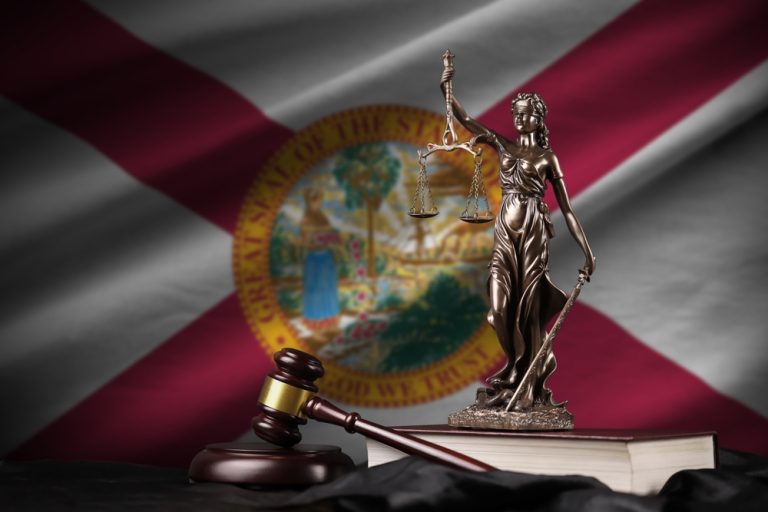Florida’s Evolving Bad-Faith Landscape: What Claims and Insurance Pros Need to Know
Florida’s Evolving Bad-Faith Landscape: What Claims and Insurance Pros Need to Know
This article was originally published by Claims Journal on June 16, 2025 and is republished here with permission from the publication. It also appeared in Insurance Journal on June 19, 2025.
Bad faith litigation has long posed both legal and reputational risks for insurers operating in Florida. With the enactment in 2023 of House Bill 837—a sweeping tort-reform measure—there are important changes to how insurers and their claims professionals must approach liability and settlement practices. While these reforms offer clearer guidance to insurers, the obligation to operate within the bounds of good faith remains unchanged and as critical as ever.
To help mitigate exposure and ensure defensible claims practices, it is essential for insurance professionals to understand the legal origins of good faith duties, apply best practices in claims handling and adapt to the statutory changes brought about by HB 837.
The Legal Foundation of Good Faith Obligations
Florida’s framework for bad faith liability began in the common law and initially focused solely on third-party liability claims. A pivotal case in this area is Boston Old Colony Ins. Co. v. Gutierrez, 386 So. 2d 783 (Fla. 1980), which remains a cornerstone in outlining the duties insurers owe their insureds in third-party situations. These include:
- Advising the insured of settlement opportunities.
- Communicating the possible outcomes of litigation.
- Warning of potential excess judgments.
- Taking reasonable steps to avoid such judgments.
- Fully investigating claim facts.
- Fairly evaluating and responding to reasonable settlement offers.
- Settling where a prudent person would do so under similar financial risk.
Florida later expanded these principles via statute in §624.155, Florida Statutes, creating a cause of action for bad faith that applies to both first- and third-party claims. Under this law, an insurer may be found liable for bad faith if it fails to settle a claim in good faith when it could and should have done so, had it acted fairly and honestly with due regard for the insured’s interests.
Claims Handling Considerations
From a risk and compliance perspective, it is imperative for claims professionals to treat each claim as unique, applying a fact-specific approach consistent with the “totality of the circumstances” standard adopted by Florida courts.
Best practices to support a defensible claim file include: (1) documenting all file activity thoroughly, (2) communicating timely and clearly with insureds, (3) responding timely to settlement demands and requests for information, (4) requesting reasonable extensions when justified and (4) using claim file bifurcation when coverage and liability evaluations may conflict. Implementing these steps helps insurers demonstrate good faith efforts and positions them favorably should litigation arise.
Key Reforms
HB 837 introduced several reforms that insurance professionals should integrate into their claims and litigation management strategies. The most notable changes include:
- Time-Limit Demand Relief
Insurers now have a 90-day safe harbor to tender the lesser of policy limits or the demand amount after receiving “actual notice of a claim which is accompanied by sufficient evidence to support the amount of the claim.” If payment is made within the 90-day window, no statutory or common law bad faith cause of action can arise from that claim. Accordingly, claims professionals should be aware of and calendar the 90-day deadline.
Of course, what amounts to “sufficient evidence” in a specific claim may not be entirely clear. For example, in some claims, sufficient evidence could include medical records, billing statements and police reports or witness statements establishing liability. In other claims, sufficient evidence may be repair estimates or invoices for property damage. Importantly, if a time-limit demand lacks sufficient evidence to support the amount of the claim, the 90-day deadline clock does not begin to run.
- Clarification on Negligence Vs. Bad Faith
Another significant aspect of HB 837 is its codification of the long-standing principle that negligence alone does not constitute bad faith. While Florida courts had previously recognized this distinction under common law, some appellate decisions blurred the line by implying that even simple missteps or delays could give rise to bad faith liability. HB 837 clarified that bad faith requires more than mere negligence.
This statutory reinforcement provides insurers and claims professionals with greater legal certainty and helps ensure that bad faith claims are grounded in truly bad faith conduct rather than routine errors or imperfect judgment.
- Expanded Scope of Conduct Considered
HB 837 marks a notable shift in Florida bad faith litigation by allowing courts to consider the conduct of claimants, insureds and their attorneys when evaluating whether an insurer acted in bad faith. Historically, courts have only focused on the insurer’s behavior, even when claimants or their counsel may have engaged in tactics aimed at manufacturing a bad faith setup, such as issuing vague or unreasonably short time-limit demands or withholding critical documentation.
The trier of fact is now permitted to assess whether these parties acted in good faith themselves, including whether they provided timely and sufficient information to allow the insurer to fairly evaluate the claim. This change introduces a more balanced framework and discourages gamesmanship, making it clear that all parties in the claims process have a shared responsibility to act reasonably and in good faith.
- Multi-Claimant Situations
HB 837 also provided much-needed statutory guidance for insurers facing multi-claimant situations in which policy limits are insufficient to fully satisfy all potential claims. In such high-stakes scenarios—common in catastrophic accidents or mass tort claims—insurers have long faced uncertainty and potential bad faith exposure when deciding how to allocate limited policy proceeds among multiple claimants.
The new law established a formal mechanism that allows insurers to interplead policy limits without exposing themselves to bad faith liability. By doing so, HB 837 acknowledges the practical realities insurers face when multiple valid claims compete for finite coverage and provides a safer legal pathway for resolving those claims in good faith.
New Protections, Same Core Duties
While House Bill 837 provided welcome clarity on several aspects of bad faith law, it’s important to recognize that the statute is still new, and Florida courts have not yet fully interpreted or applied its provisions in practice. As with any major legislative reform, the language of the statute will ultimately be shaped by judicial interpretation.
Until appellate decisions begin to emerge, insurers should adhere to established best practices and monitor developing case law closely to ensure compliance and minimize risk. Claims managers and insurance company legal departments should update internal procedures, train adjusters accordingly and review claims documentation protocols to reflect the new statutory environment. In an era of evolving legal standards, a proactive and well-documented approach to claims handling remains the most effective defense against bad faith exposure.







